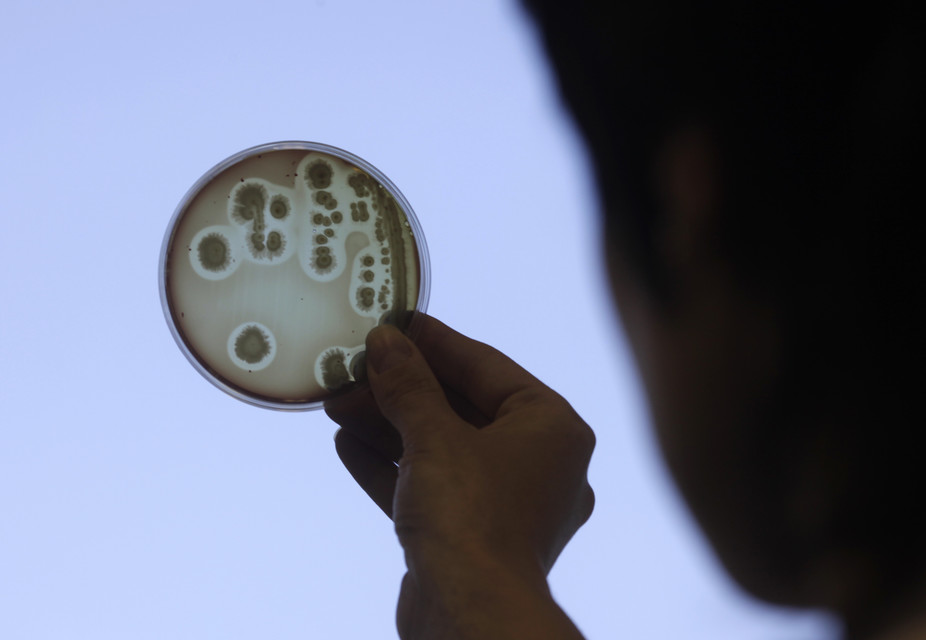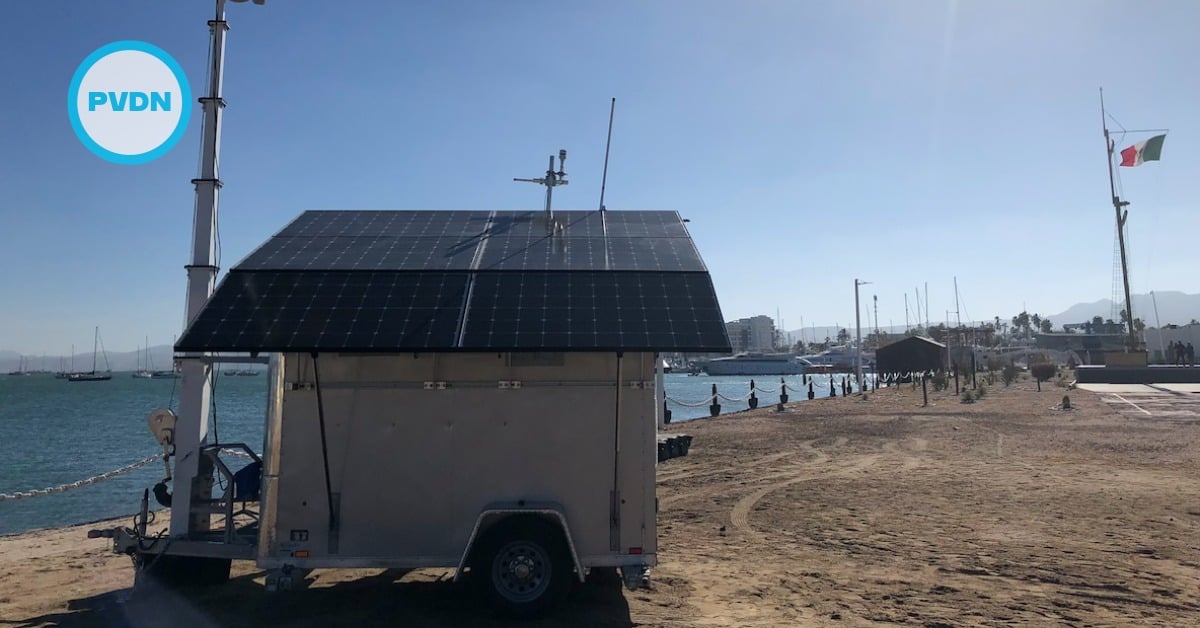“Stop the spread of superbugs,” “15 superbugs and other scary diseases” and “Superbug bacteria found in tested hotel rooms” are headlines we often read or hear about. But what do we mean when we say “bugs”? The term is used to describe viruses, bacteria and parasites. While they …






